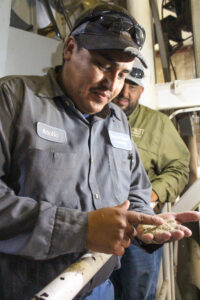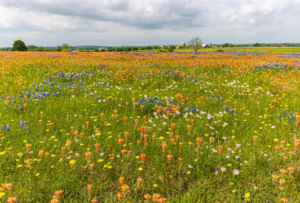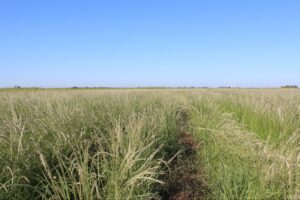Native Seed Mixes: A Game-Changer for Texas Landowners
Looking to restore natural beauty? Enhance restoration efforts? Improve Conservation Reserve Program (CRP) land? For Texas landowners, restoring and managing land effectively often comes with unique challenges.
Selecting and planting the right native seed mix is a critical first step.
Native plants thrive in Texas’ varied conditions, offering long-term benefits like: reduced maintenance, better soil health, and improved wildlife habitats.
So let’s break down the key to restoring prairie land, improving pastures, or revitalizing your acreage.
Disclaimer: Every project is different! Plowing may not be necessary if you overseed or inner seed. Depending on timing, you may plant into a cover crop or nurse crop. Talk with an expert before planting to ensure success.
This guide highlights the essentials of using native seed mixes to thrive in Texas’ varied climates and soil conditions.
Why Native Seed Mixes Are Perfect for Texas Landowners
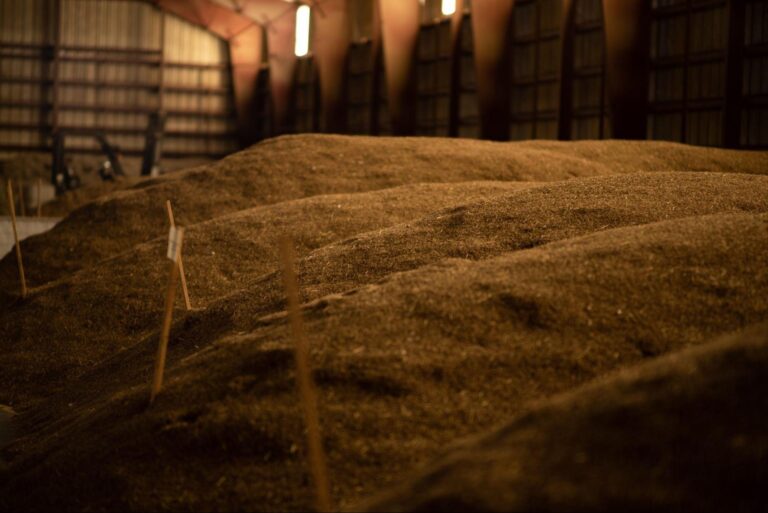
Texas’ diverse ecosystems demand tailored solutions. Native seed mixes are uniquely suited to meet the state’s specific climate, soil, and ecological needs, making them an ideal choice for land restoration and management.
Benefit 1: Sustainable Land Restoration
Need to reverse damage caused by overgrazing, invasive species, or extreme weather events? You guessed it. Native seed mixes can help.
Example: A West Texas rancher using Buffalograss and Blue Grama has successfully restored a degraded pasture, reducing soil erosion during heavy rains.
If you’re working with prairies and grasslands, here are a few more specific suggestions.
Benefit 2: Complying with CRP Land Requirements

For landowners enrolled in the Conservation Reserve Program (CRP), planting native species is not just beneficial — it’s often required.
Example: On CRP land near the Panhandle, an NRCS approved mix of Sideoats Grama, Blue Grama, Switchgrass, and Maximilian Sunflower not only stabilized the soil but also attracted pollinators critical for local ecosystems.
For specific wildflower recommendations, try these.
Benefit 3: Wildlife Habitat Creation
Native seed mixes provide shelter and food for Texas wildlife, from pollinators to deer.
Example: A Hill Country landowner planted a native mix including Little Bluestem and Maximilian Sunflower, resulting in increased quail sightings within a year.
Curious how grasses and forbs can help? Read this.
Steps to Success: How Texas Landowners Can Plant Native Seed Mixes
Proper planning and execution make all the difference when planting a native seed mix.
Step 1: Know Your Land’s Needs
Evaluate your property’s specific challenges.
- Are you addressing bare patches of soil?
- Looking to create a more drought-resistant landscape?
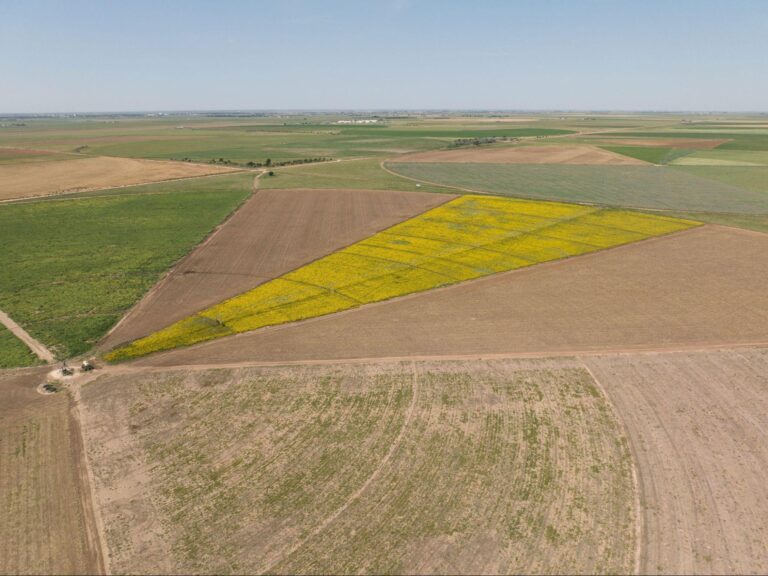
Step 2: Choose the Right Native Seed Mix for Texas
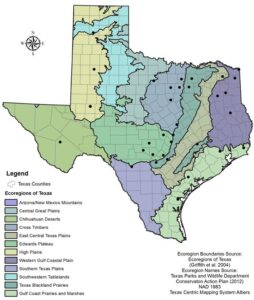
Work with a provider who understands Texas’ microclimates.
- For sandy soil in South Texas, Switchgrass and Black-Eyed Susan are excellent choices.
- Blackland Prairie areas benefit from Eastern Gamagrass and Big Bluestem, which handle heavier soils well.
Don’t Skip the Seed Spec
Creating a seed specification (or “seed spec”) ensures your project gets the exact blend of native seeds tailored to your land’s specific conditions. A well-developed seed spec includes:
- Soil type: Key for determining species compatibility — learn more about soil types here.
- Site goals: Whether it’s erosion control, pollinator support, or pasture improvement.
- Region-specific considerations: Local rainfall patterns and temperature ranges.
If you’re in or around Texas, you can create your own seed spec for free with Seed-Spec.
Working with experts, like our team at Bamert Seed Company, can help you create a seed spec that guarantees long-term success for your restoration or improvement project.
Step 3: Prepare the Soil
Healthy soil is the foundation of a successful native seed mix planting.
Example: A Central Texas landowner prepping former cropland removed invasive vegitation and amended the soil with organic compost, resulting in a lush, native pasture within two years.
Without proper soil preparation, even the best seed mix won’t reach its full potential. Here’s a breakdown of when, how, and why soil preparation is essential:
When to Prepare the Soil
Soil preparation is best completed before planting season, which in Texas is typically in the fall or early spring. These seasons offer optimal growing conditions due to cooler temperatures and increased rainfall.
- Fall planting: Prepares seeds for natural germination over winter, taking advantage of Texas’ wetter months.
- Spring planting: Ideal if your area experienced heavy rains or flooding over winter, as this may have compacted the soil.
How to Prepare the Soil
- Remove Invasive Species:
Clear out invasive plants like Bermuda Grass that compete with native species. This can be done using:- Herbicides (targeted applications to minimize environmental impact).
- Mechanical removal (tilling or mowing).
- Amend the Soil:
Enrich your soil with organic matter or compost to improve its structure and fertility.- Sandy soil: Add compost to retain moisture and nutrients.
- Clay soil: Use gypsum or organic material to improve drainage.
- Pro Tip: Conduct a soil test to determine nutrient deficiencies and pH imbalances. Adjust pH levels to suit your chosen native species (most thrive between 6.0 and 7.5).
- Create a Smooth Seedbed:
After clearing and amending, level the soil to create a firm, smooth seedbed. This ensures seeds have good soil-to-seed contact, which is critical for germination. For the next step — seeding — read this.
Why Soil Preparation Matters
- Native Plant Success: Native plants need healthy, well-prepared soil to compete with weeds and establish deep root systems.
- Reduced Maintenance: Properly prepared soil minimizes weed growth, reducing the need for future herbicide treatments or mowing.
- Long-Term Resilience: Well-prepared soil supports better water retention and nutrient availability, essential for thriving native ecosystems.
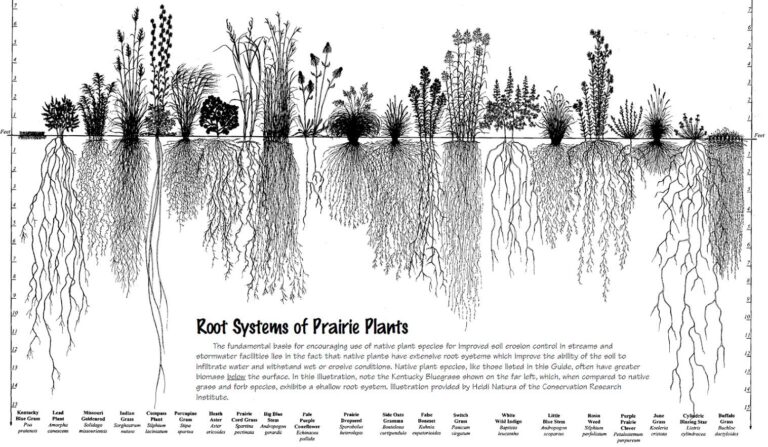
Example of Success: A Central Texas landowner turned a former cropland dominated by invasive species into a lush, native pasture within two years. They began by thoroughly removing invasive grass, amending the soil with organic compost, and planting a tailored native seed mix. By year two, the area was thriving with native species that supported local wildlife and reduced erosion.
Proper soil preparation takes time and effort, but it’s a critical step for any landowner looking to restore their land with native seed mix plants. By investing in this stage, you’ll set the foundation for a low-maintenance, ecologically beneficial landscape.
Real-World Examples of Native Seeds in Action
Native seed mixes aren’t just theoretical solutions — they’re practical tools. Tools that landowners across Texas use every day to address specific challenges and enhance their properties.
Coastal Areas
On the Gulf Coast, landowners use Salt-Tolerant Cordgrass for dune restoration and erosion control, protecting their properties from storms.
Pastureland
Ranchers near Abilene often plant mixes with Little Bluestem and Purple Prairie Clover to improve grazing areas while supporting pollinators.
Small Properties and Estates
Homeowners in urban areas like Dallas-Fort Worth use native wildflower blends to create pollinator-friendly gardens with minimal upkeep.
Financial and Environmental Benefits for Texas Landowners
Planting native seed mixes is not just good for the land — it’s a smart investment.
Lower Maintenance Costs
Native plants are naturally adapted to Texas climates, requiring less water, fertilizer, and herbicide.
Example: A West Texas cattle rancher reduced water usage by 30% after switching to drought-tolerant Buffalograss.
Increased Property Value
Land with healthy ecosystems and thriving vegetation is more appealing to buyers and often sells at a premium.
Environmental Impact
Native plants enhance biodiversity, improve soil health, and sequester carbon.
Partner with Experts to Maximize Results
Restoring Texas land requires the right knowledge and resources. Partnering with experts like Bamert Seed Company ensures landowners have access to high-quality seed mixes and professional guidance.
When it comes to selecting a native seed mix, landowners have two options: pre-made mixes or custom blends.
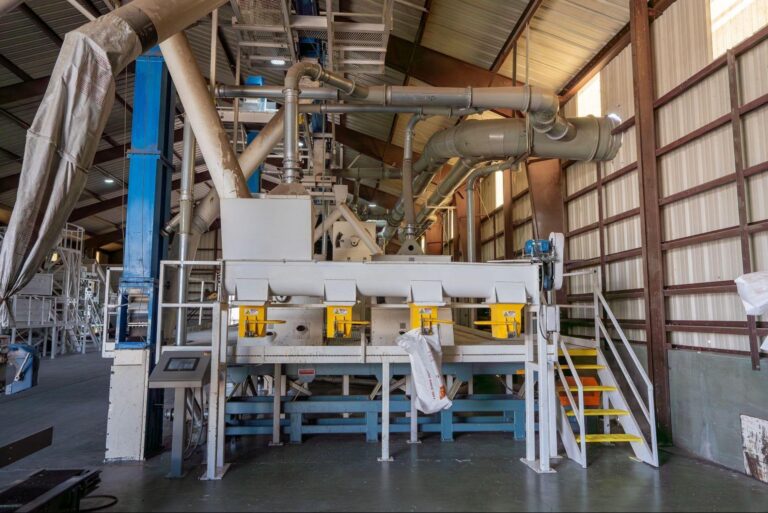
Pre-Made Seed Mixes are convenient, pre-packaged blends typically designed for common soil types or general land restoration goals. While they may be a good starting point, they may not address the specific needs of your property’s soil, microclimate, or long-term goals.
Custom Seed Mixes are tailored to your unique land conditions. By partnering with experts like Bamert Seed Company, landowners can create a blend of native grasses, wildflowers, and legumes designed for specific areas, ensuring higher success rates for restoration and growth. Custom mixes optimize results, from improved soil health to better drought resistance, because they are aligned with your land’s needs.
Working with professionals guarantees access to quality seeds and valuable guidance, ultimately saving time, money, and effort while helping you achieve long-term land stewardship goals.
Ready to Restore Your Texas Land?
For expert advice and the perfect native seed mix tailored to your property, contact our experts at Bamert Seed Company today. Let’s grow something great — together.

